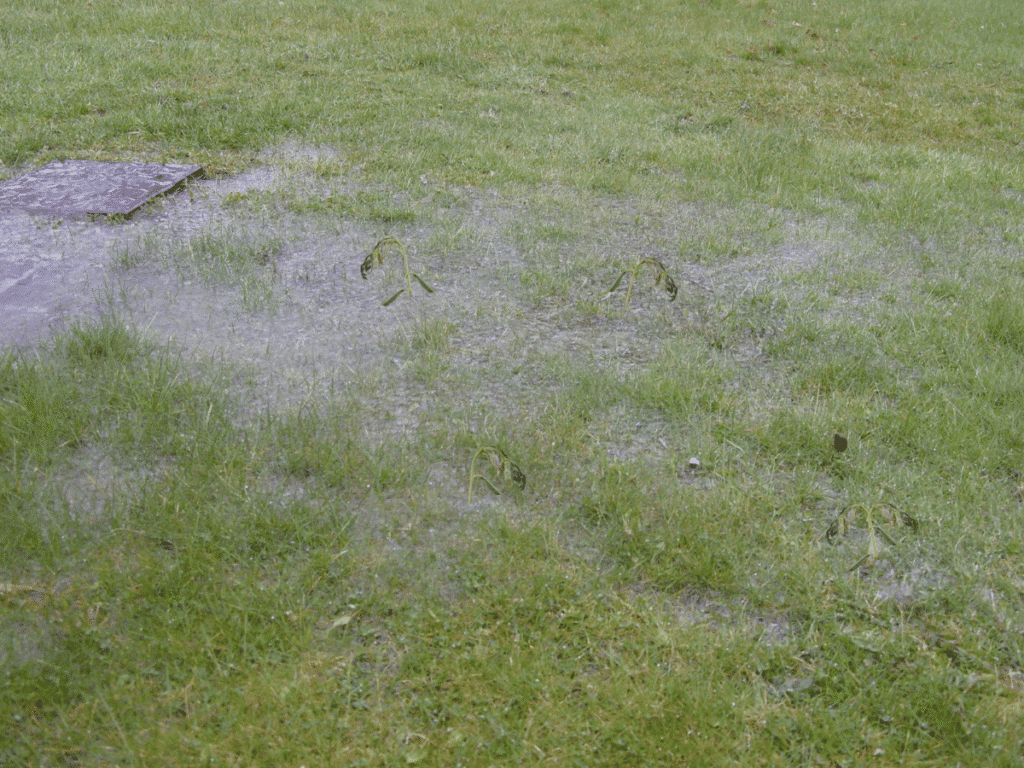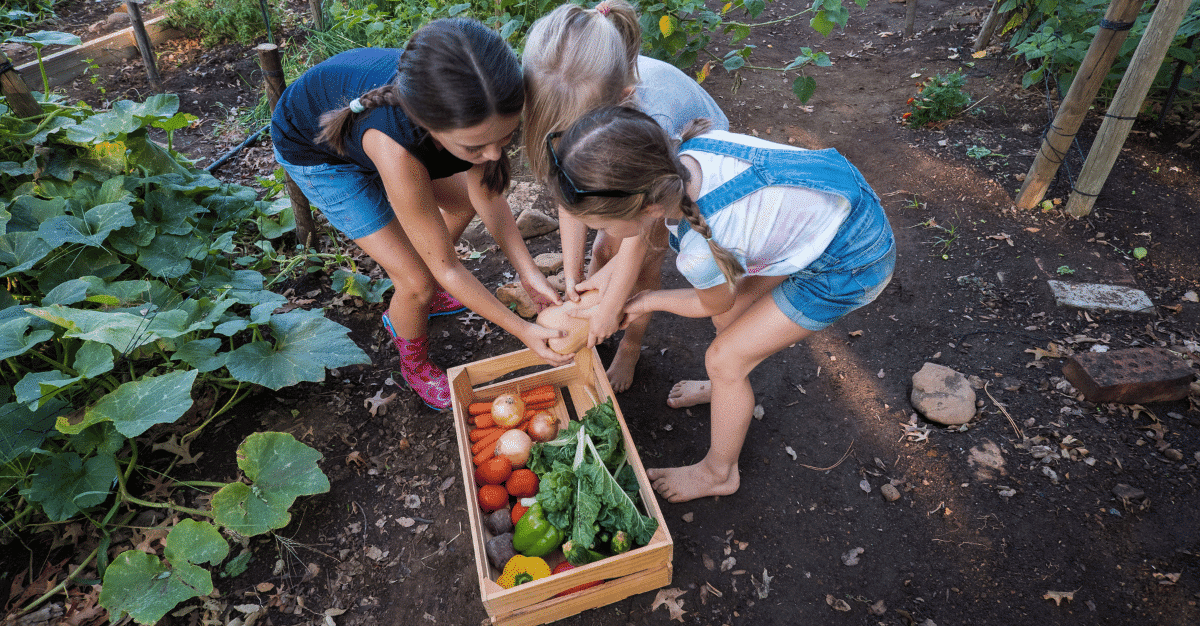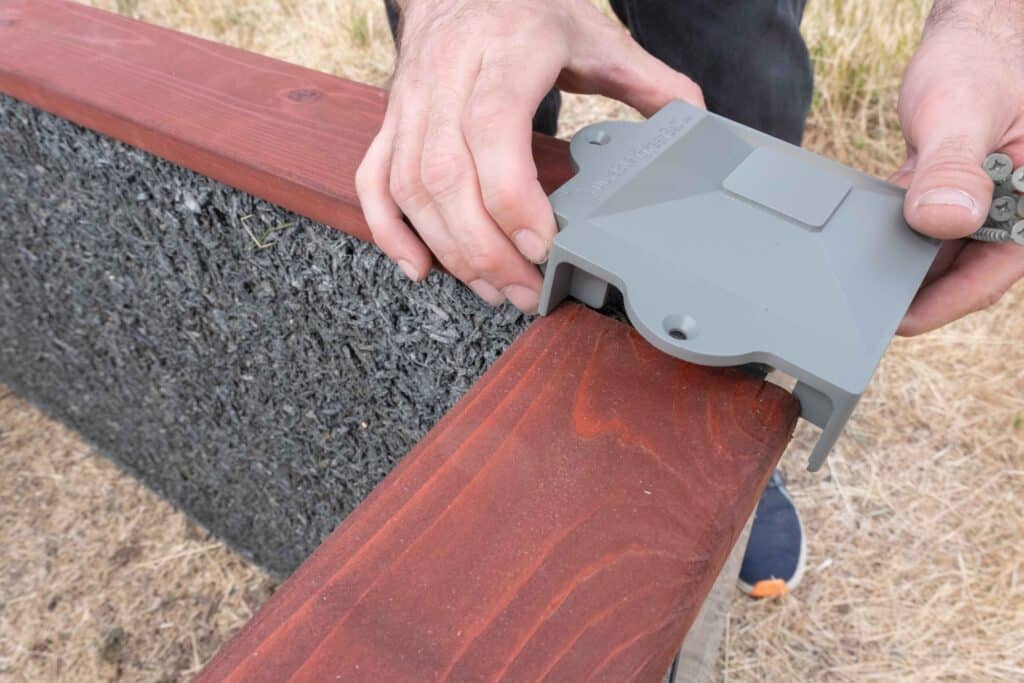
School gardens have emerged as powerful educational tools, fostering a sense of responsibility, promoting healthy eating habits, and connecting students with nature. If you’re considering starting a school garden, this article will serve as your comprehensive guide. When discussing how to start a school garden, we will explore the essential elements to consider, such as the garden’s location, available space, budget, vegetable selection, maintenance responsibilities, what makes a school garden successful and the key components of a school garden project proposal. Additionally, we will discuss how to effectively pitch the idea of a school garden to decision makers, highlighting the numerous benefits they bring to students and the school community.
Where to Put Your Garden:
When planning a school garden, identifying the right location is crucial. Look for an area that receives ample sunlight throughout the day, and has access to water. Consider any unused spaces such as an available plot, courtyard, or even rooftop. Ensure the location is safely and easily accessible to students and has sufficient drainage.
How Big is Your Space?
The size of your garden will depend on the available space and the goals you have for the project. Start small if you have limited space, and gradually expand as the project progresses. Remember, even a small garden bed can yield bountiful rewards and valuable learning experiences. Try out different design options that could work well for your unique space with our garden planning tool.
What is Your Budget?
Determining a budget is an essential step in starting a school garden. A common question we get is: How much does it cost to start a garden? While costs can vary depending on your needs, you can map out your budget by looking at the tools and materials you already have and what you will need to acquire. Consider costs for materials, soil, seeds, tools, irrigation systems, and any necessary fencing or raised beds. Seek donations or grants from local businesses, community organizations, or government programs to help cover expenses.
Vegetables and Garden Beds:
When thinking about how to start a school garden it is important to select the right plants. Choose vegetables that are suitable for your region and climate. Opt for easy-to-grow varieties, such as lettuce, carrots, tomatoes, and herbs, that can be incorporated into school meals. Determine the type of garden beds you can afford, whether they are raised beds, container gardens, or traditional in-ground plots.
Garden Maintenance:
Assign responsibility for garden maintenance. This could involve forming a gardening club, engaging teachers, or partnering with parent volunteers. Establish a schedule for watering, weeding, pest control, and harvesting. Encourage students to take ownership of the garden and incorporate it into their daily routines.
The School Garden Project Proposal:
A well-crafted project proposal is essential to gain support from decision makers. It should include an overview of the project’s objectives, a detailed budget breakdown, a timeline for implementation, and a plan for sustainability and integration into the curriculum. Emphasize the educational benefits, health advantages, and community engagement opportunities that a school garden can provide.
Pitching the Garden Bed to Decision Makers:
When presenting the idea of a school garden to decision makers, highlight its numerous benefits, emphasizing the educational opportunities of hands-on learning and environmental stewardship. Explain how experience in a school garden can be integrated into core curriculum, from science and math to art and nutrition. Additionally, discuss the potential for community involvement, partnerships with local organizations, and the positive impact on student well-being and engagement.
Starting a school garden is an enriching endeavor that can transform the learning experience for students while fostering a deeper connection to nature and healthy eating habits. By carefully considering the location, space, budget, vegetable selection, maintenance responsibilities, and crafting a compelling proposal, you can successfully establish a school garden that serves as a vibrant educational resource and a source of inspiration for generations to come. Ready to start your own school garden? Check out our unique garden bed kits or contact us and we will be happy to help you in any way we can.
There's Nothing Like Durable GreenBeds
It's the Walls!™
- Breathable
- Well Draining
- Higher Yields
- Prevents Slugs and Pests
- Non-Toxic
- 20-25 Year Lifespan
Shop Durable GreenBed Kits
-
Rectangular Raised Garden Bed Kit
$471.00 – $2,085.00Price range: $471.00 through $2,085.00 Select options This product has multiple variants. The options may be chosen on the product page -
L-Shaped Raised Garden Bed Kit
$786.00 – $1,305.00Price range: $786.00 through $1,305.00 Select options This product has multiple variants. The options may be chosen on the product page -
U-Shaped Raised Garden Bed Kit
$1,199.00 – $2,446.00Price range: $1,199.00 through $2,446.00 Select options This product has multiple variants. The options may be chosen on the product page
Shop Durable GreenBed Raised Garden Bed kits
-
Rectangular Raised Garden Bed Kit
$471.00 – $2,085.00Price range: $471.00 through $2,085.00 Select options This product has multiple variants. The options may be chosen on the product page -
L-Shaped Raised Garden Bed Kit
$786.00 – $1,305.00Price range: $786.00 through $1,305.00 Select options This product has multiple variants. The options may be chosen on the product page -
4’x8’ Stepped Raised Garden Bed Kit
$865.00 – $1,073.00Price range: $865.00 through $1,073.00 Select options This product has multiple variants. The options may be chosen on the product page -
U-Shaped Raised Garden Bed Kit
$1,199.00 – $2,446.00Price range: $1,199.00 through $2,446.00 Select options This product has multiple variants. The options may be chosen on the product page








